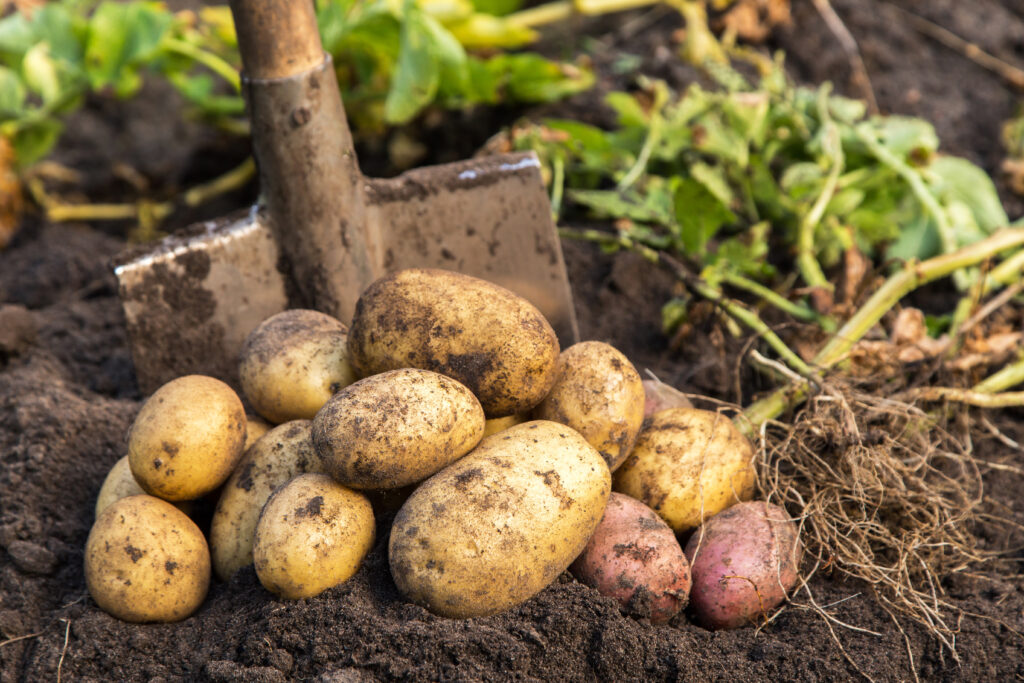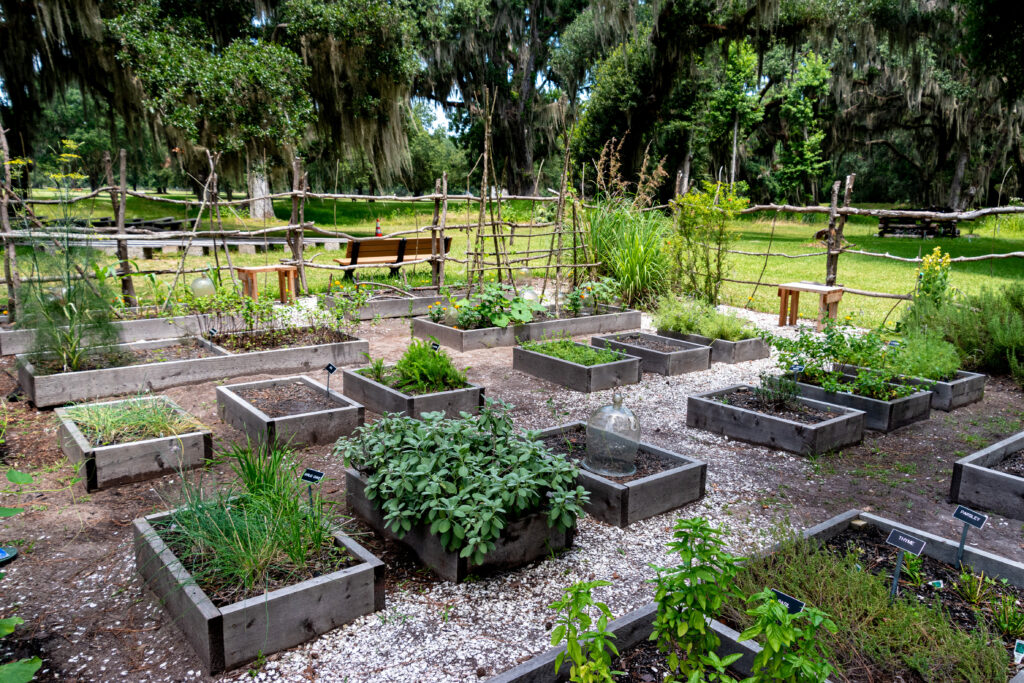
This post may contain affiliate links, please read our privacy policy for details.
When I first started gardening with the goal of feeding my family, and a sustainable garden. I didn’t realize just how much planning goes into keeping fresh food on the table all year. With 4 kids that grocery bill will only get bigger so it is worth it. It’s not just tossing seeds in the ground — it’s about choosing crops that feed you now, store well for later, and keep producing for months. With the right plan, even a small backyard garden can keep your pantry and freezer stocked year-round. Here’s how to plan a truly sustainable, self-sufficient garden — one that works with the seasons to feed your family no matter what.
1. What Makes a Garden Sustainable?
A sustainable garden isn’t just about avoiding chemicals (although that’s part of it). It’s about designing a system that:
✔ Produces enough food to feed your family
✔ Rebuilds soil health instead of depleting it
✔ Uses natural pest control instead of synthetic sprays
✔ Incorporates perennials, composting, and water conservation
✔ Works with the seasons to preserve and store food for lean months
💡 Personal tip: My first garden barely fed us for a month because I didn’t plan for succession planting or storage crops. Now, I map my garden like a mini grocery store — fresh, stored, and preserved food all planned in advance.
Step 1: Figure Out How Much Food You Need
First, figure out what your family actually eats — because growing 100 pounds of turnips when nobody likes them isn’t sustainable at all.
Quick Calculation
For a family of four aiming to grow 50-75% of your produce, plan for:
- 200-300 sq ft per person for fresh vegetables
- 100 sq ft per person for storage crops (like potatoes and onions)
- 50-100 sq ft for berries and fruit
💡 Personal tip: Keep a family favorites list — focus on crops you actually eat, and skip the trendy ones you’ll never cook.
Step 2: Choose the Right Mix of Crops
A sustainable garden balances:
1️⃣ Fast Growers (for fresh eating)
- Lettuce, radishes, spinach, green onions, peas
2️⃣ Steady Producers (continuous harvest)
- Tomatoes, zucchini, cucumbers, beans
3️⃣ Storage Crops (for long-term food security)
- Potatoes, onions, garlic, winter squash, carrots, beets
4️⃣ Perennials (low-maintenance food sources)
- Raspberries, blueberries, asparagus, rhubarb, herbs
5️⃣ Preservation Crops (for canning & freezing)
- Tomatoes, green beans, cucumbers, berries
Personal tip: I divide my garden into “fresh,” “storage,” and “preservation” sections to make sure I’m covering all the bases.
Step 3: Plan for Continuous Harvests
The Power of Succession Planting
Instead of planting everything at once, stagger plantings to keep food coming in waves.
- Plant lettuce every 2 weeks for continuous salads.
- After early peas, plant green beans in the same spot.
- When garlic comes out, plant fall broccoli or carrots.
Seasonal Planning
Plan three growing seasons (spring, summer, fall) with crops suited to each.
| Season | Best Crops |
| Spring | Peas, spinach, radishes, kale, onions |
| Summer | Tomatoes, peppers, cucumbers, zucchini, beans |
| Fall | Carrots, beets, kale, cabbage, garlic |
Personal tip: I sketch my garden on graph paper every January so I can map out succession plantings — it keeps me organized and avoids gaps.

Step 4: Grow Crops for Fresh Eating & Storage
To feed your family all year, you need both:
Fresh Eaters (Quick, Daily Harvests)
- Lettuce, spinach, cucumbers, tomatoes, herbs
Short-Term Storage (1-3 months)
- Potatoes, onions, garlic, winter squash
Long-Term Preservation (Freezing, Canning, Drying)
- Tomatoes, green beans, berries, peppers
Perennials for Annual Food Supply
- Raspberries, blueberries, asparagus, rhubarb
Personal tip: I keep a “preservation planner” to track how much we canned or froze — that helps me plan the next year’s planting.
Step 5: Build in Soil Health & Pest Control
A sustainable garden doesn’t just grow food — it also feeds the soil and supports natural pest control.
Soil Health Must-Haves
- Compost pile or bin (gold for healthy soil)
- Cover crops (like clover or rye) to enrich the soil
- Crop rotation (don’t grow the same crop in the same spot every year)
Natural Pest Defenses
- Companion planting (marigolds, basil, nasturtiums)
- Pollinator-friendly flowers
- Row covers & physical barriers
Personal tip: I plant marigolds in almost every bed — they repel pests, attract pollinators, and they’re just plain pretty.
FAQs About Sustainable Garden Planning
.
Planning a sustainable garden is about more than just planting veggies — it’s about creating a balanced system that feeds your family today, tomorrow, and next year. With a little planning, smart succession planting, and some preservation skills, even a modest backyard garden can keep your pantry stocked and your family well-fed all year long.
Happy Gardening,
Linnea
